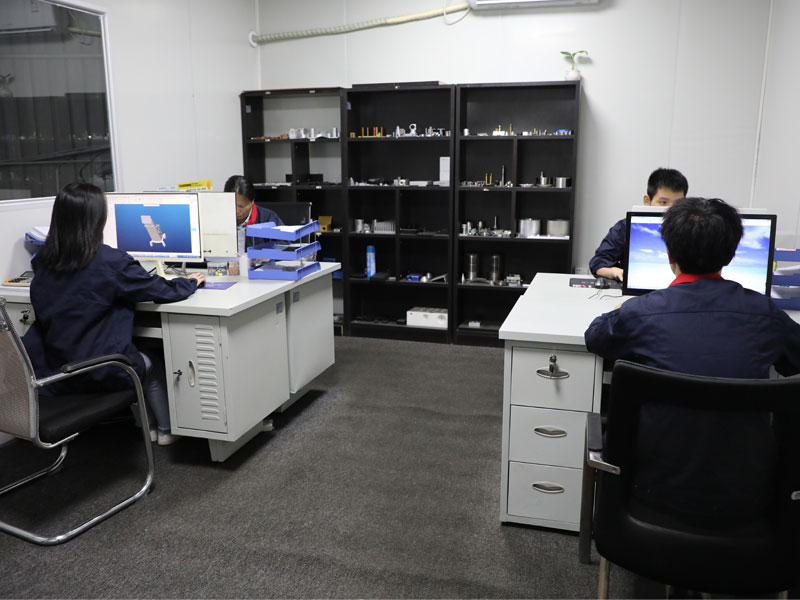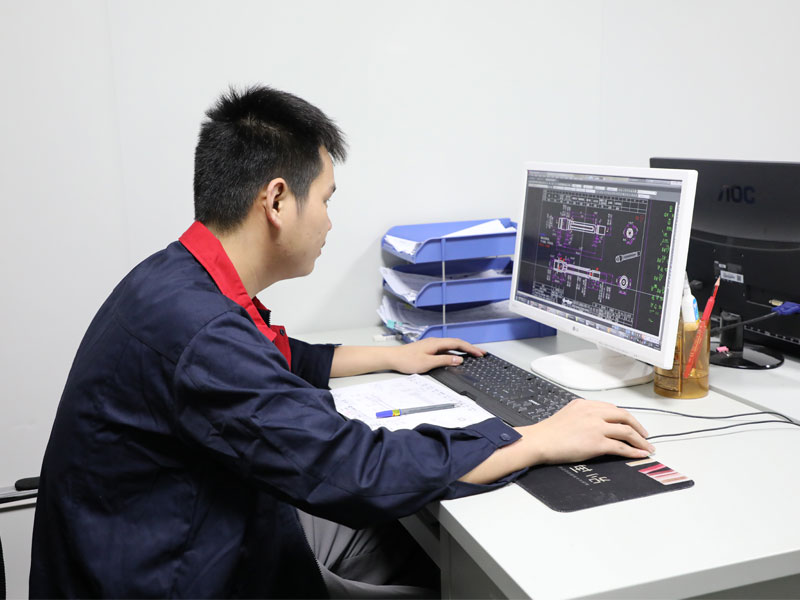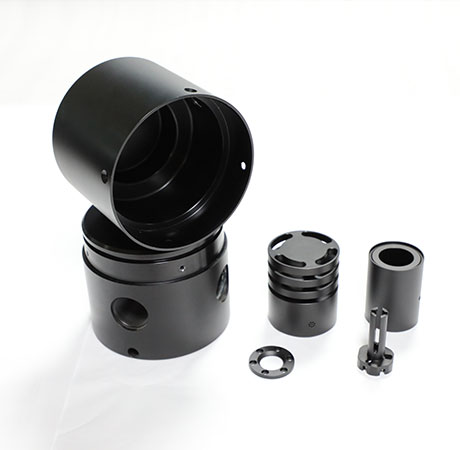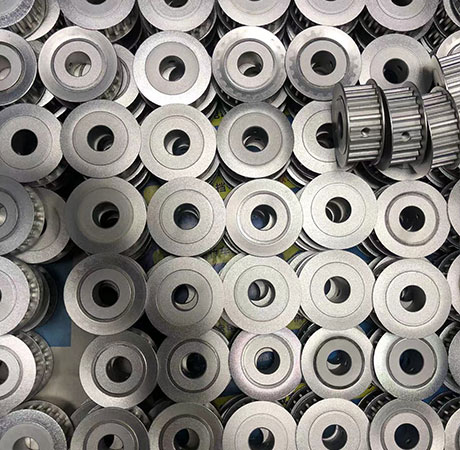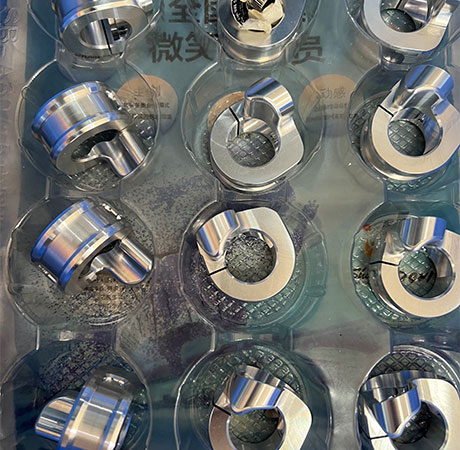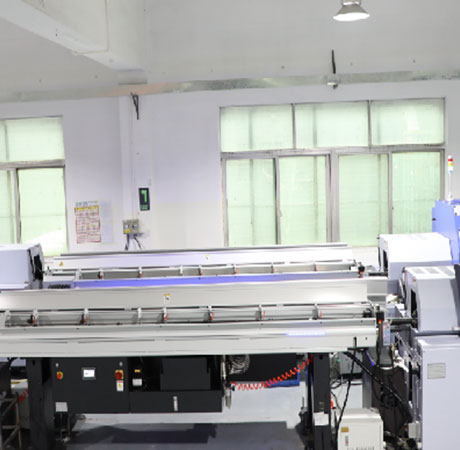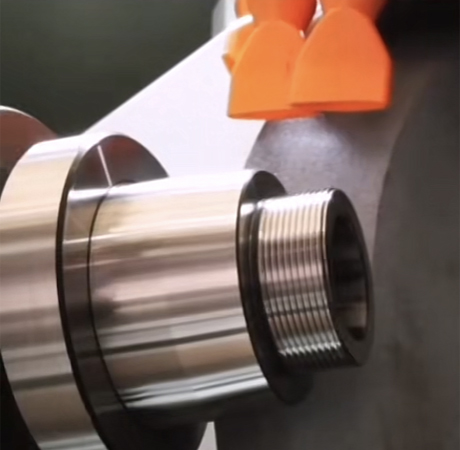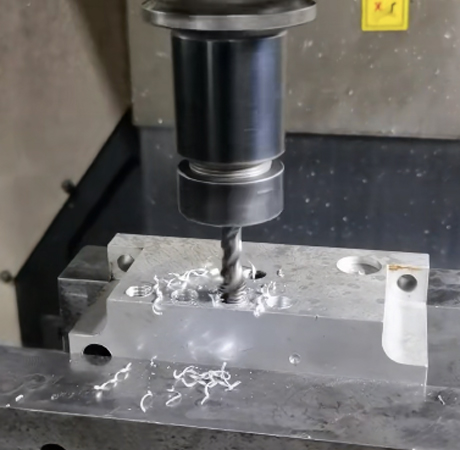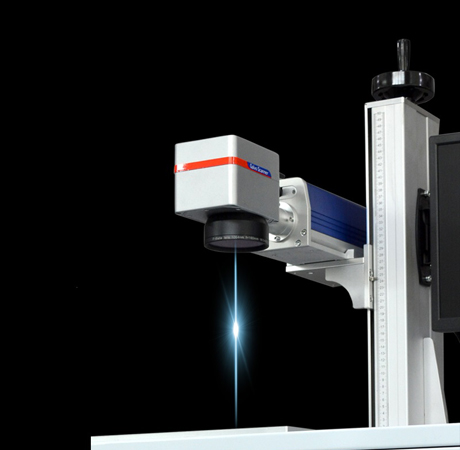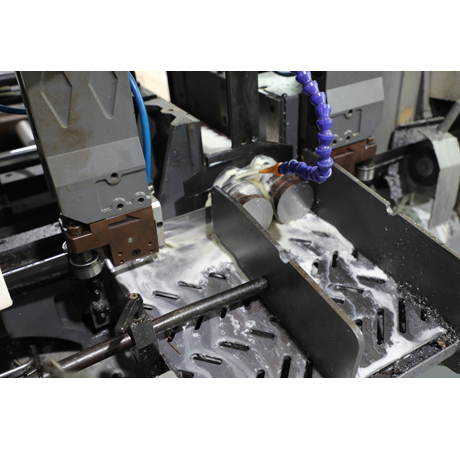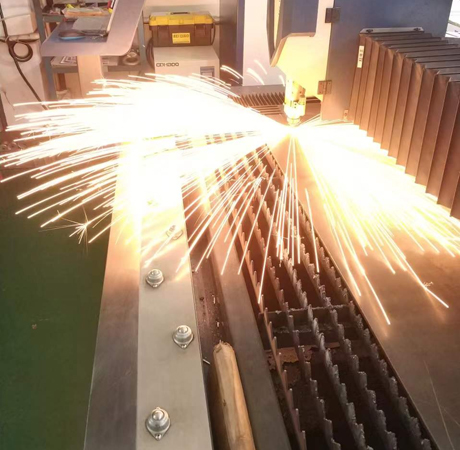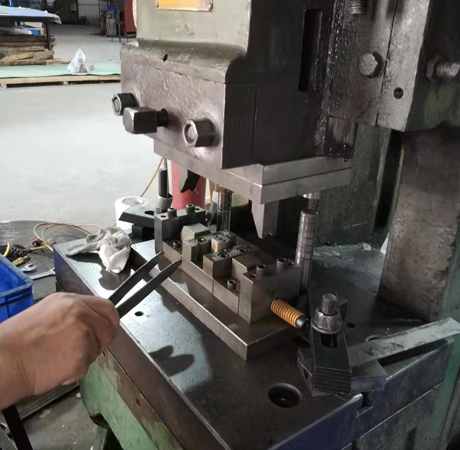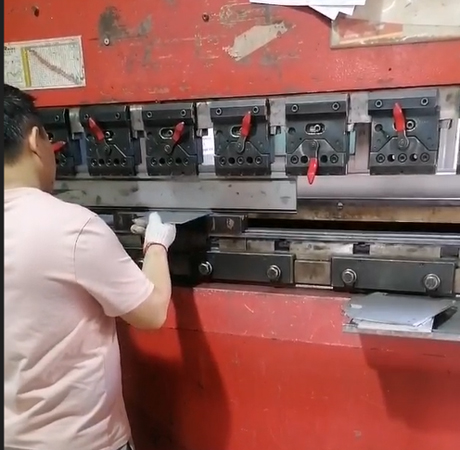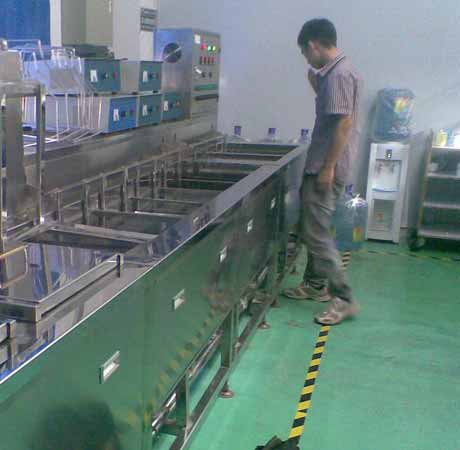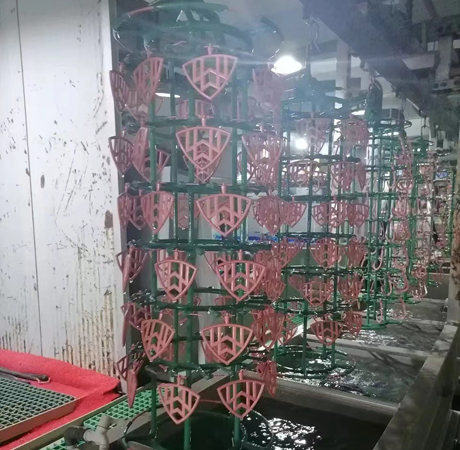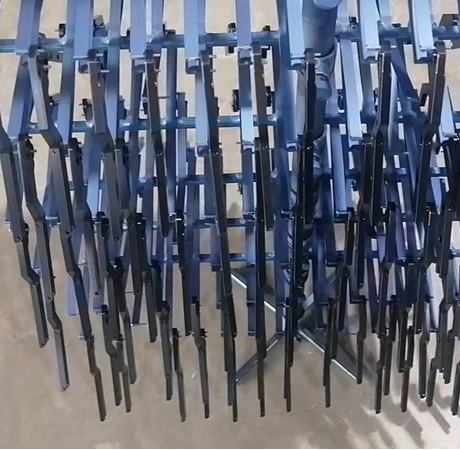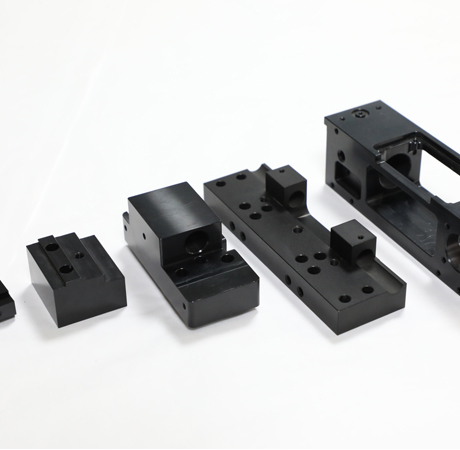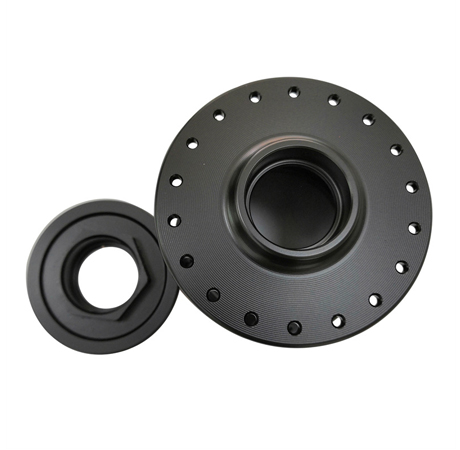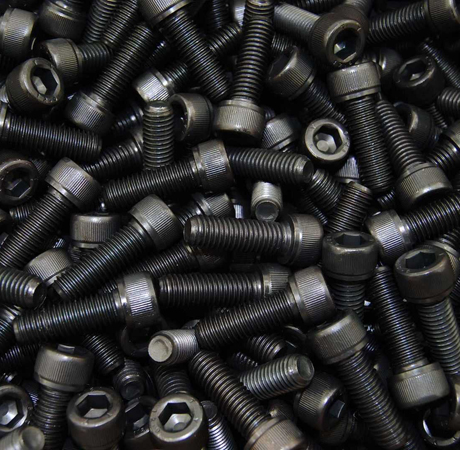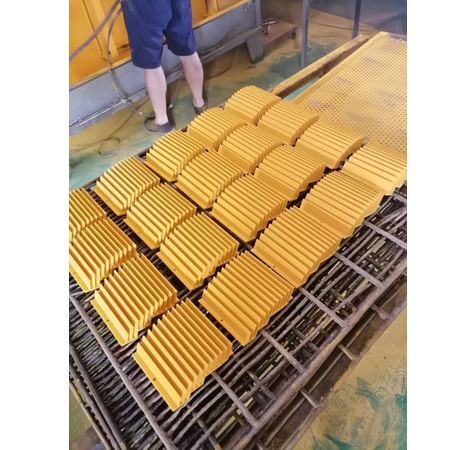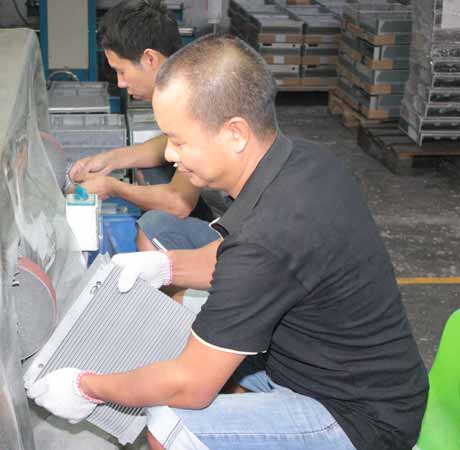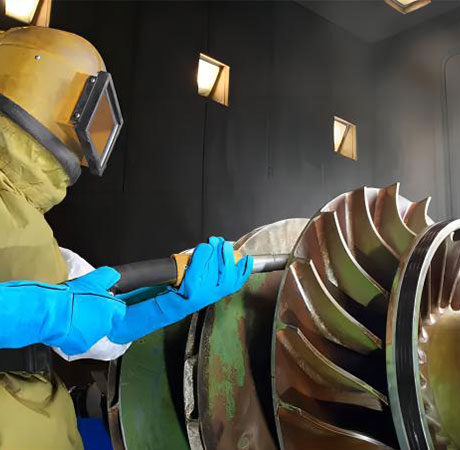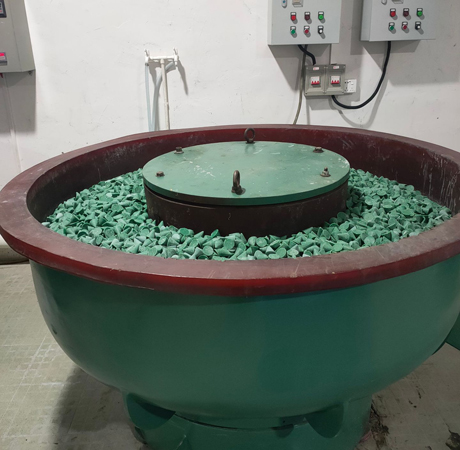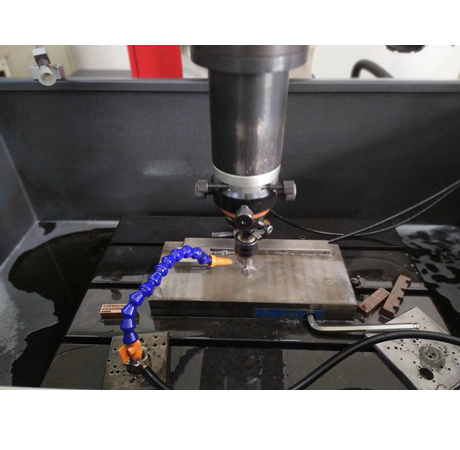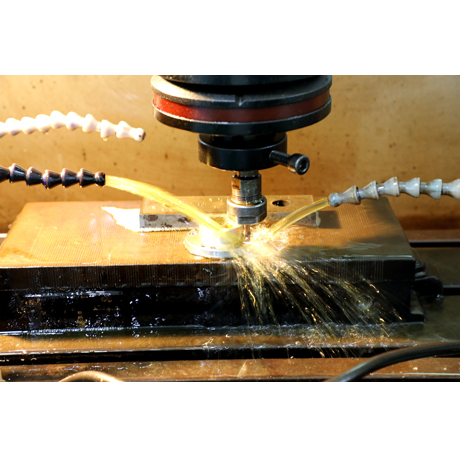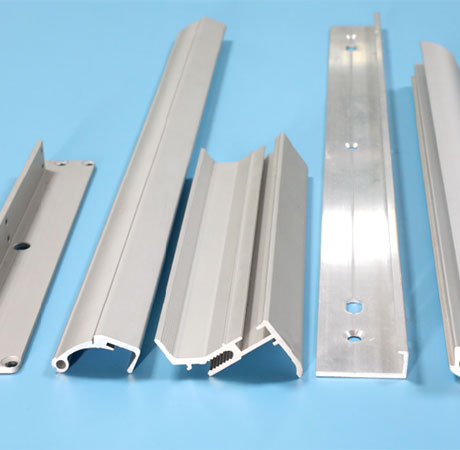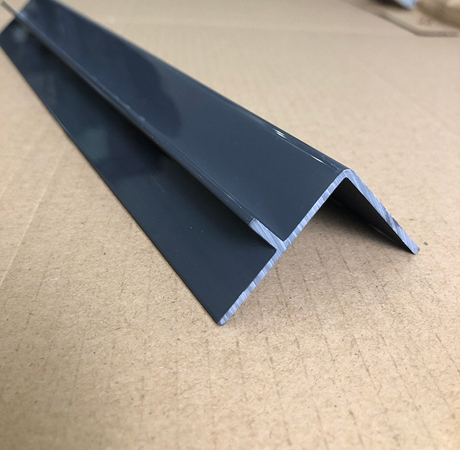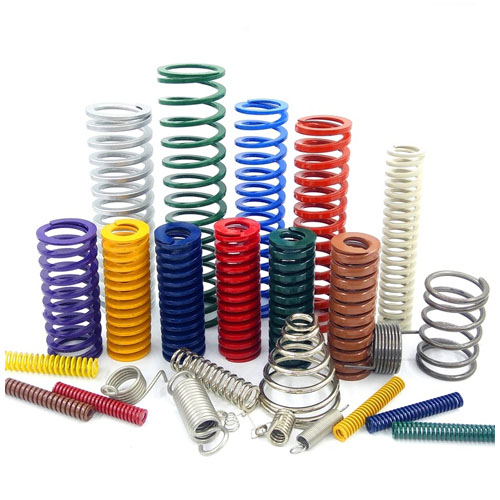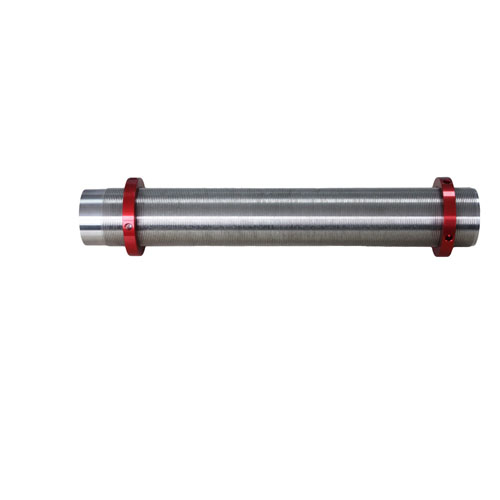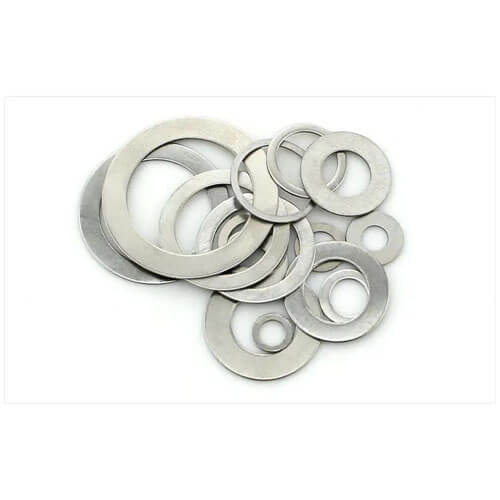After the sales department list an order into ERP and it is confirmed, the engineering department is responsible for reviewing the order, including the analysis, evaluation and production of BOM and process.
It generally includes two categories: new and old items.
1. New item: When receiving a new order, first we carefully review the customer's original drawing. If the picture is blurred or the size is unknown, we need to ask sales and customers to get details. It is necessary to provide a clear and accurate drawing again to avoid product mistakes. Secondly, we evaluate the material specifications, production and processing process, machine type, etc. according to the customer's drawings, and confirm drawing and orders in ERP. Then the PMC purchases materials according to the order and arranges production.
2. Old item: When receiving a reorder of the old item, we first check whether the structure and size of the original drawing of the customer have changed. If there is a change but does not affect the purchase of materials and production and processing technology, we update the product information and review it in time in ERP, and update our internal drawings in ERP. If the changes affect the material purchasing, we have to re-evaluate material specifications, production and processing processes, etc., and review products and orders in time.
After the order is confirmed, we need to create the process flow chart in time and issue the drawings under control to facilitate production and quality control.
After the engineering department receives an order in ERP system, we will review the entire order information, including the analysis, evaluation and production of BOM and process.
After obtaining comprehensive, complete and correct information, we organize department leaders and important technical personnel to conduct DFM order review meetings to discuss and negotiate the overall process, predict possible defects and abnormalities in the production, and find effective solutions to avoid possible failure. Next, the engineer makes the product BOM, including the specifications and volume of raw materials, auxiliary materials, accessories, packaging materials, etc., then set up the production process, and arrange the best machine and post-processing proposal according to the product structure and functional requirements.
Generally, Sibai's machining processes include: five-axis machining, lathing, threading, grinding, EDM, EDM drilling, casting processing, plastic processing, micromachining (small parts processing), etc., usually, casting parts require a certain amount of finishing on details, some casting methods (such as investment casting and die casting) are more precise than others, but there will always be some dimensional tolerances or geometries that cannot be directly casted out, but must be machined.
Processing methods include: rough machining, semi-finishing, finishing, super-finishing, etc., Machining accuracy includes: dimensional accuracy, shape accuracy, position accuracy.
Ways to improve machining accuracy:
1. Error prevention technology: We need to use advanced technology and equipment reasonably to directly reduce the original error, transfer the original error, and average the original error.
2. Error compensation technology: We conduct on-line detection and automatic matching of matching parts to actively control the decisive error factors. The geometry of the machined surface has the following factors: geometric roughness, surface waviness, grain direction, and surface defects.
Several common treatment methods for machined parts are: heat treatment, quenching, annealing, normalizing, tempering, sandblasting, rolling, wire drawing, polishing, electroplating, anodizing, oil injection, powder spraying, baking paint, blister, etc.
